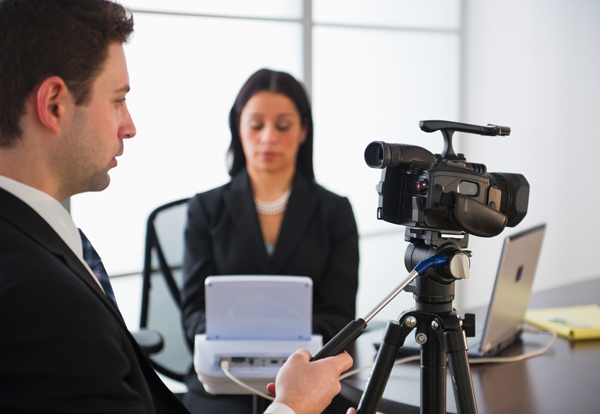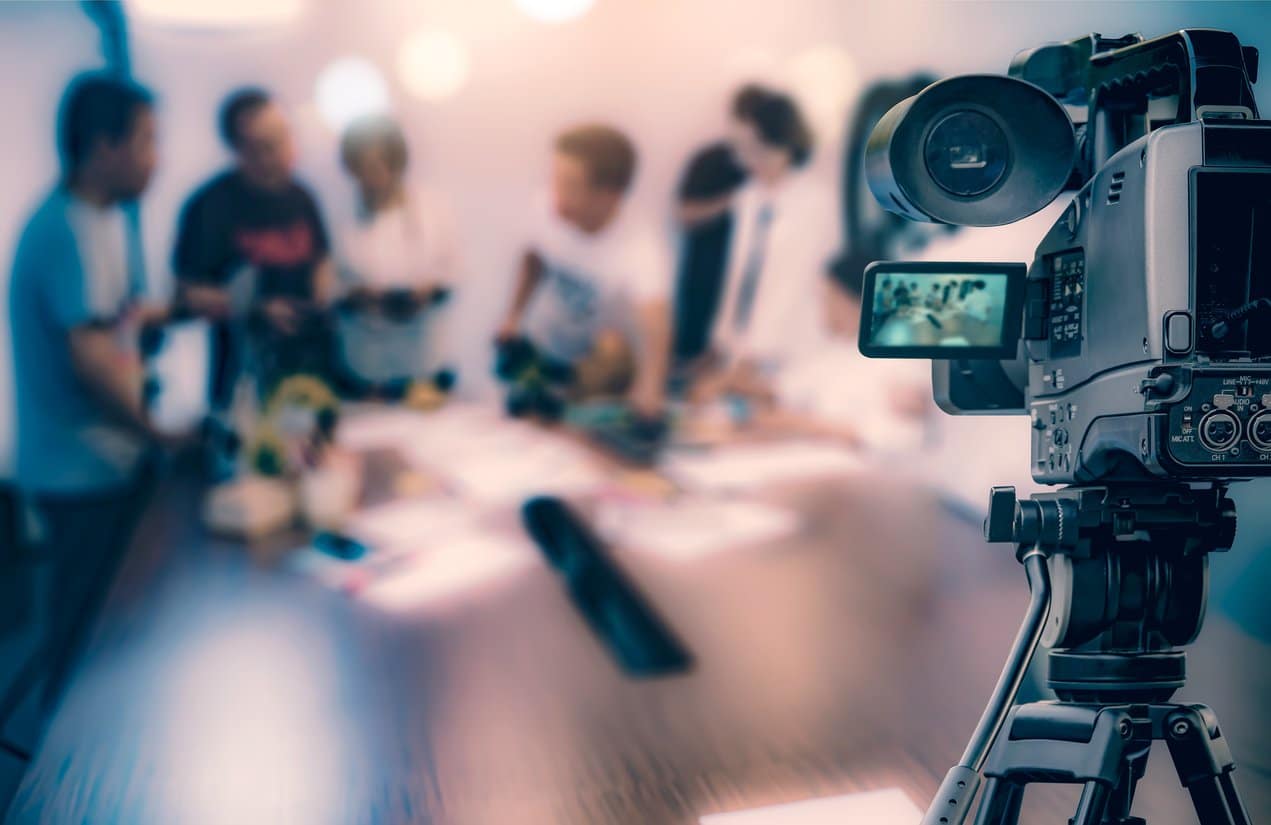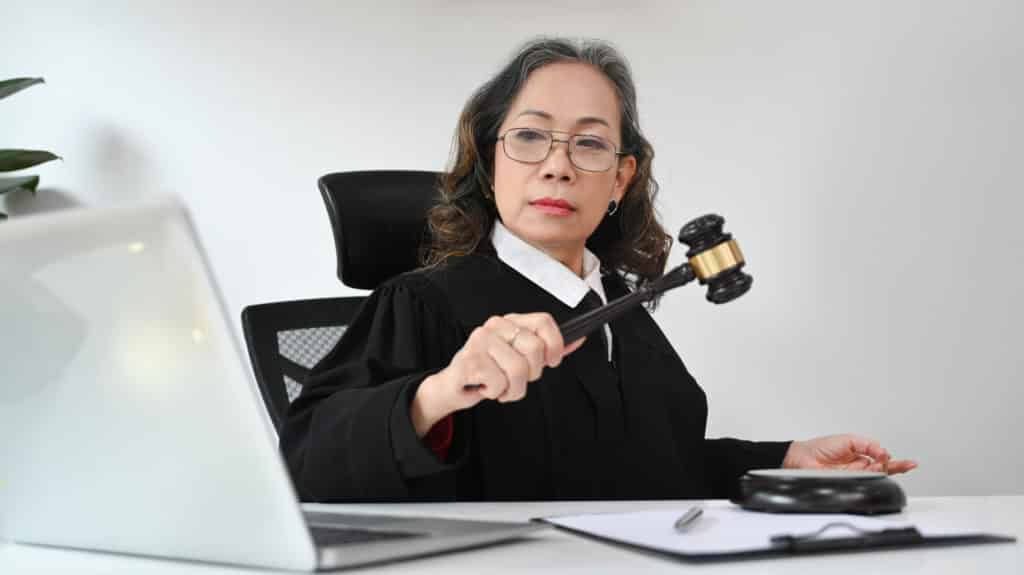The Function of Lawful Videography in Depositions and Tests
Lawful videography has become an essential tool in both depositions and trials, supplying a multifaceted method to documenting witness testaments. By catching not just the talked word yet additionally the nuances of non-verbal communication, this tool improves the reputation of statements and preserves critical proof for future proceedings. As lawyers progressively recognize its value, it motivates a deeper assessment of how these aesthetic documents can affect juror understandings and trial end results. What effects might these growths hold for the future of legal technique?
Relevance of Lawful Videography
Lawful videography plays a crucial duty in the documentation and presentation of depositions and tests. This specialized field incorporates technological abilities with legal knowledge to create a dependable record of process that can substantially influence instance end results. The visual element of legal videography boosts the understanding of witness testament, enabling jurors and judges to observe not just the talked words however additionally the behavior, feelings, and body movement of the witnesses.

The importance of legal videography prolongs past the courtroom; it also plays a crucial function in preserving proof for future referral, whether for appeals or further legal action. Therefore, its assimilation into the legal process is crucial for guaranteeing a reasonable and precise depiction of the truths, inevitably adding to the pursuit of justice.

Refine of Legal Videography
While catching the nuances of depositions and tests, the process of lawful videography involves numerous crucial actions that make certain high-quality, accurate recordings. Originally, an expert lawful videographer prepares by evaluating the case materials and understanding the details requirements of the deposition or trial. This prep work consists of acquainting themselves with the participants and the context, which aids in catching relevant details.
On the day of the recording, the videographer establishes the required equipment, which commonly includes high-def cameras, microphones, and proper lights. Making sure optimum angles and audio quality is important, as it directly impacts the efficiency of the recording. The videographer interacts with lawyers and individuals to establish methods, making certain that everybody understands the recording procedure.
During the deposition or test, the videographer carefully videotapes the process, paying attention to both verbal and non-verbal signs. legal videography. This consists of capturing the disposition and responses of witnesses and attorneys. After the session concludes, the videographer may edit the footage for quality and compliance with lawful criteria, creating an end product that properly reflects the proceedings for future reference and usage in lawful contexts
Benefits in Depositions
The incorporation of videography in depositions offers many benefits that improve the overall procedure of gathering evidence. One key benefit is the capability to catch witness statements with aesthetic and acoustic fidelity, providing a more exact representation of the witness's demeanor, tone, and body movement. This multidimensional technique permits attorneys and juries to analyze reputation better than traditional written transcripts alone.
Additionally, videographed depositions function as a powerful device for maintaining testimony. Must a witness come to be inaccessible for trial, their taped deposition can be played in court, ensuring that their proof remains obtainable and pertinent. This element significantly decreases the danger of losing vital info that might affect instance end results.
Furthermore, making use of lawful videography promotes much better prep work for attorneys. Evaluating video footage permits legal teams to evaluate and improve their approaches, determining strengths and weaknesses in their cases. This primary benefit can result in even more compelling discussions in court.
Lastly, videography improves the overall expertise of the deposition procedure, instilling confidence in customers relating to the thoroughness of their legal depiction. By leveraging innovation, attorneys can significantly boost the effectiveness of depositions.
Influence on Trials
In numerous trials, the combination of videography can substantially affect the discussion of evidence and the court's perception. Lawful videography catches witness statements and crucial proof in a dynamic format, permitting jurors to involve with the product on numerous degrees. This visual element enhances the narration element of a trial, supplying context and emotional resonance that conventional text-based evidence might lack.
Moreover, video clip recordings can function as powerful devices for impeachment during cross-examination. When discrepancies occur between a witness's previous declarations and their court testimony, video proof supplies an objective recommendation that can sway jurors' viewpoints. This immediacy and clearness can strengthen the reliability of a celebration's narrative while concurrently threatening opposing disagreements.
In addition, making use of videography can help streamline check over here complex information, making it extra accessible to jurors who might have a hard time to realize detailed information offered entirely via verbal testament. By combining visuals with auditory info, legal videography can improve retention and understanding, ultimately influencing the jury's decision-making process. For that reason, the effect of videography in tests extends beyond plain visual appeals; it plays a critical duty in forming the legal landscape and results.
Future Trends in Legal Videography
As we look towards the future of lawful videography, several emerging trends assure to reshape its role within the courtroom. One significant fad is the integration of fabricated intelligence (AI) in video evaluation and editing - legal videography. AI can streamline the process of determining vital moments in taped depositions, permitting lawyers to quickly access relevant material, consequently improving effectiveness in situation preparation
Furthermore, the surge of virtual reality (VIRTUAL REALITY) and enhanced fact (AR) technologies is anticipated to change how jurors experience evidence. official website By submersing jurors in a simulated environment, these modern technologies can provide a more profound understanding of complicated circumstances, bring about more educated deliberations.

Additionally, the enhancing demand for remote depositions, accelerated by the COVID-19 pandemic, will likely continue. Legal videographers will certainly need to adjust to new software application and systems to make sure high-grade recordings in online settings.
Last but not least, the growing focus on information safety will necessitate stricter procedures for saving and sharing video evidence. As the lawful landscape evolves, lawful videographers need to stay abreast of these fads to keep their importance and efficiency in the judicial process.

Conclusion
In summary, lawful videography serves an important function in the judicial process, enhancing the stability of depositions and trials. By catching the subtleties of witness testimonies, this tool not only preserves essential proof however likewise aids in offering information properly click for source to jurors. The importance of aesthetic paperwork in assessing reputation and assisting in interrogation can not be overemphasized. As innovation remains to progress, lawful videography is poised to additional transform its role within the legal landscape.